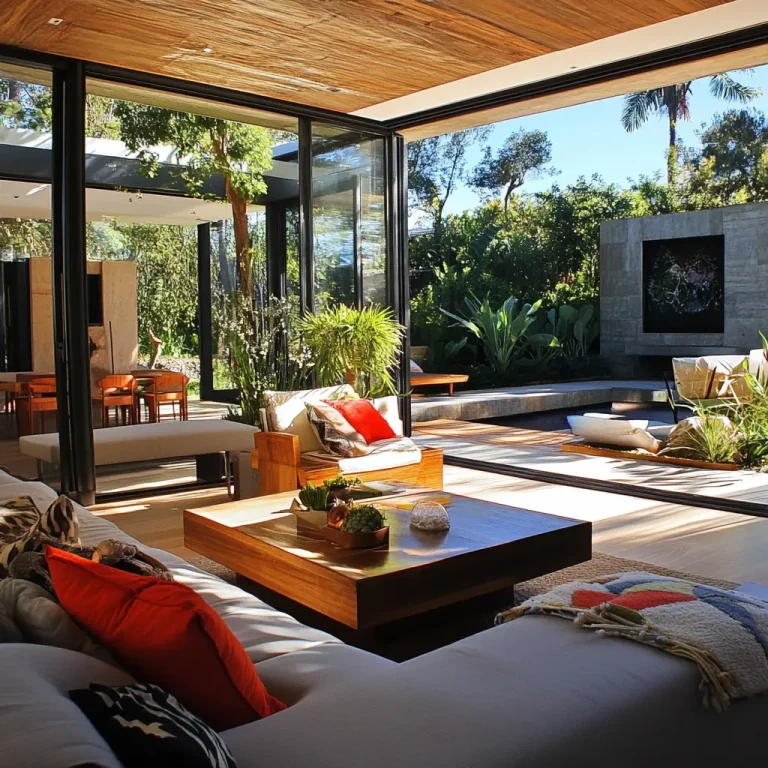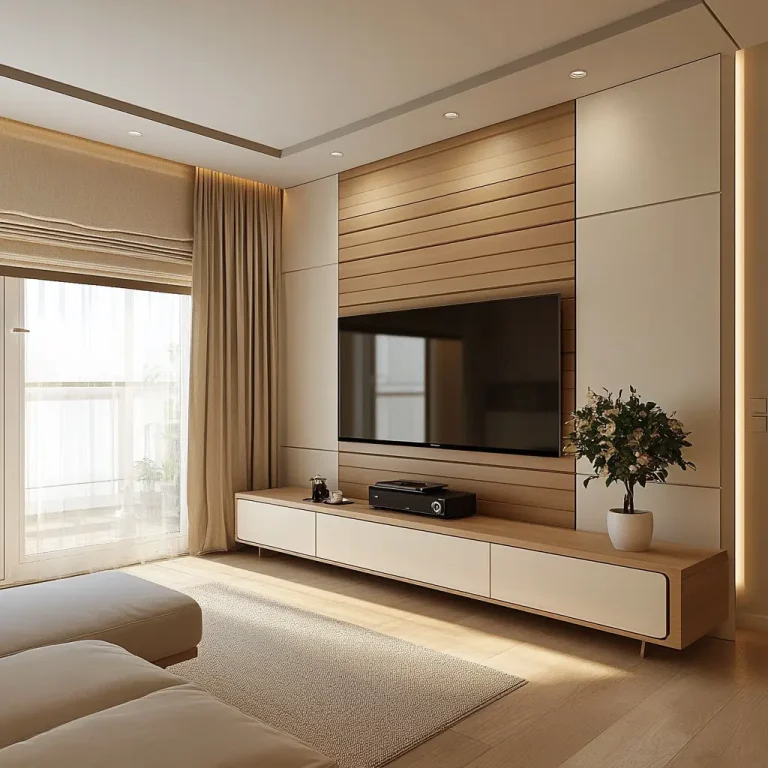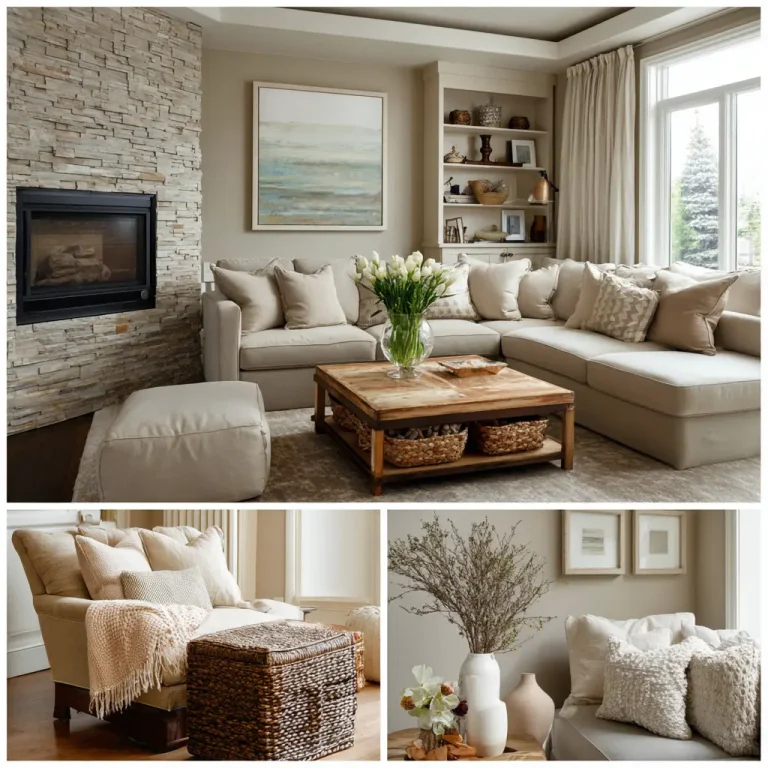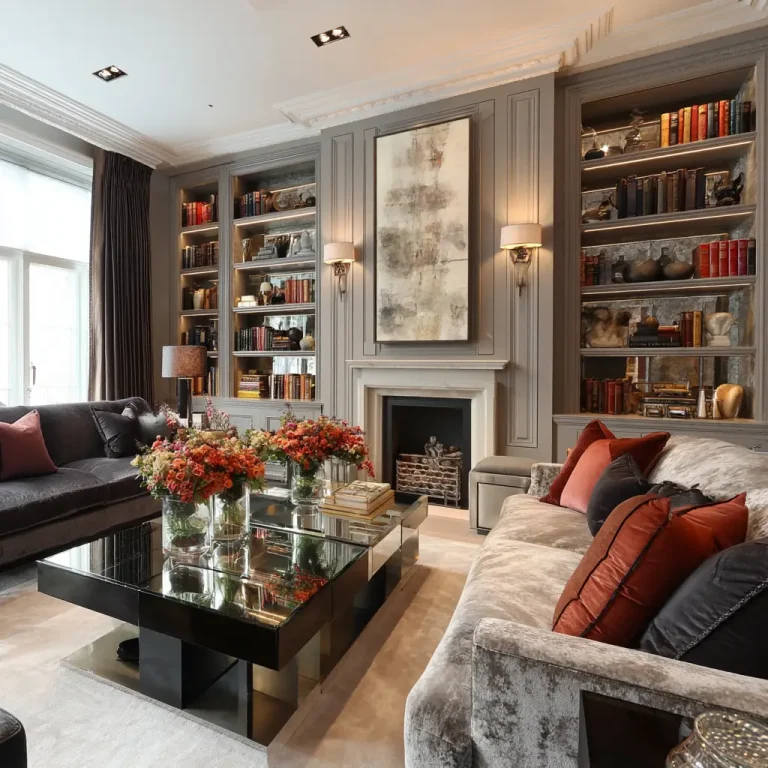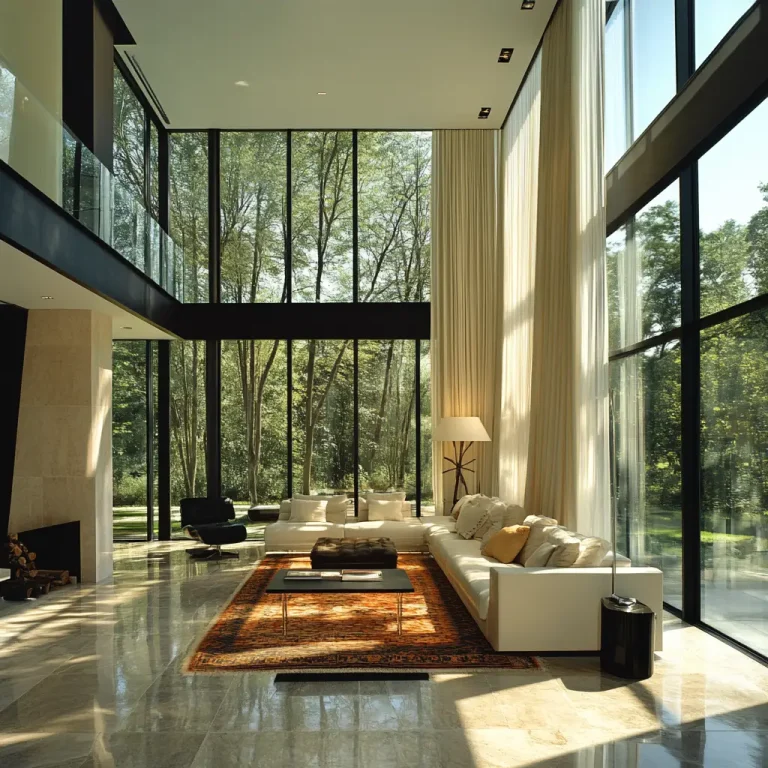25 Small Living Room Designs
Small living rooms can feel cozy and intimate—or cramped and cluttered. The difference lies in thoughtful design. Whether you’re decorating an apartment, studio, or a compact home, these 25 small living room designs will help you use every square foot wisely while creating a space that feels welcoming, stylish, and personal.
1. Use Light Colors to Open Up the Space
Opt for light and airy shades like whites, beiges, soft greys, or pale pastels for walls and large furniture pieces. These tones reflect natural light, making the room feel more spacious and less confined.
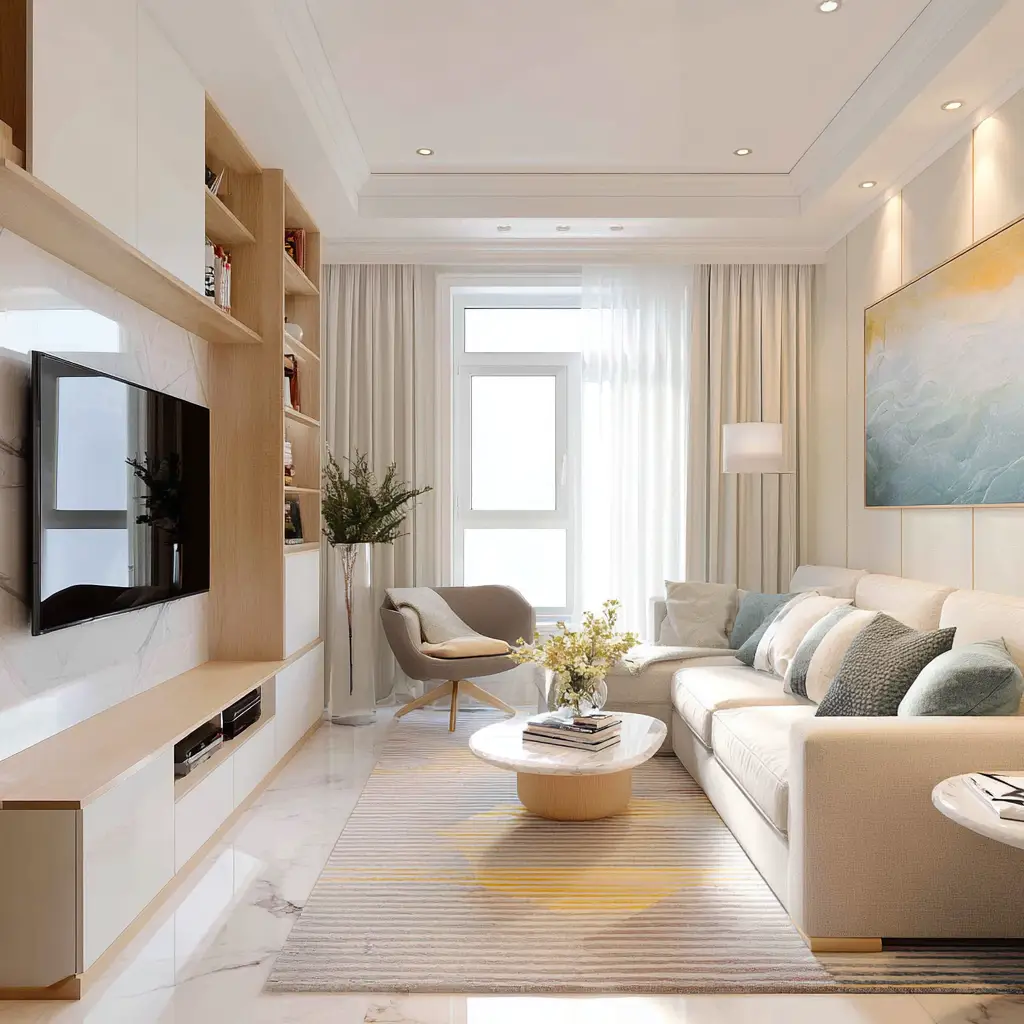
2. Choose Low-Profile Furniture
Sofas and chairs with low backs or legs that lift them off the ground can create a sense of openness. They help maintain clear sightlines and avoid visual bulk in tight quarters.
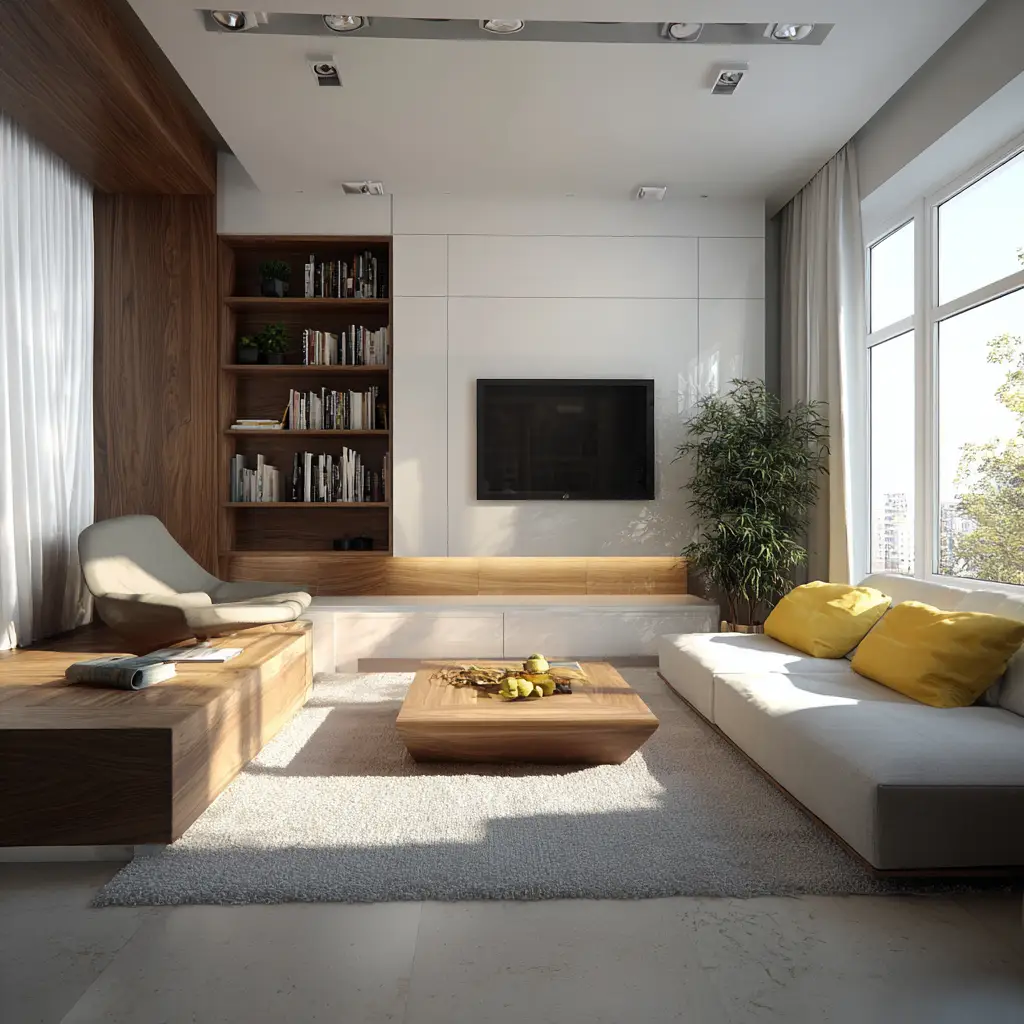
3. Add Mirrors to Reflect Light
Strategically placed mirrors can make a room feel double its actual size. Try a large statement mirror behind a sofa or across from a window to bounce light and expand the visual space.
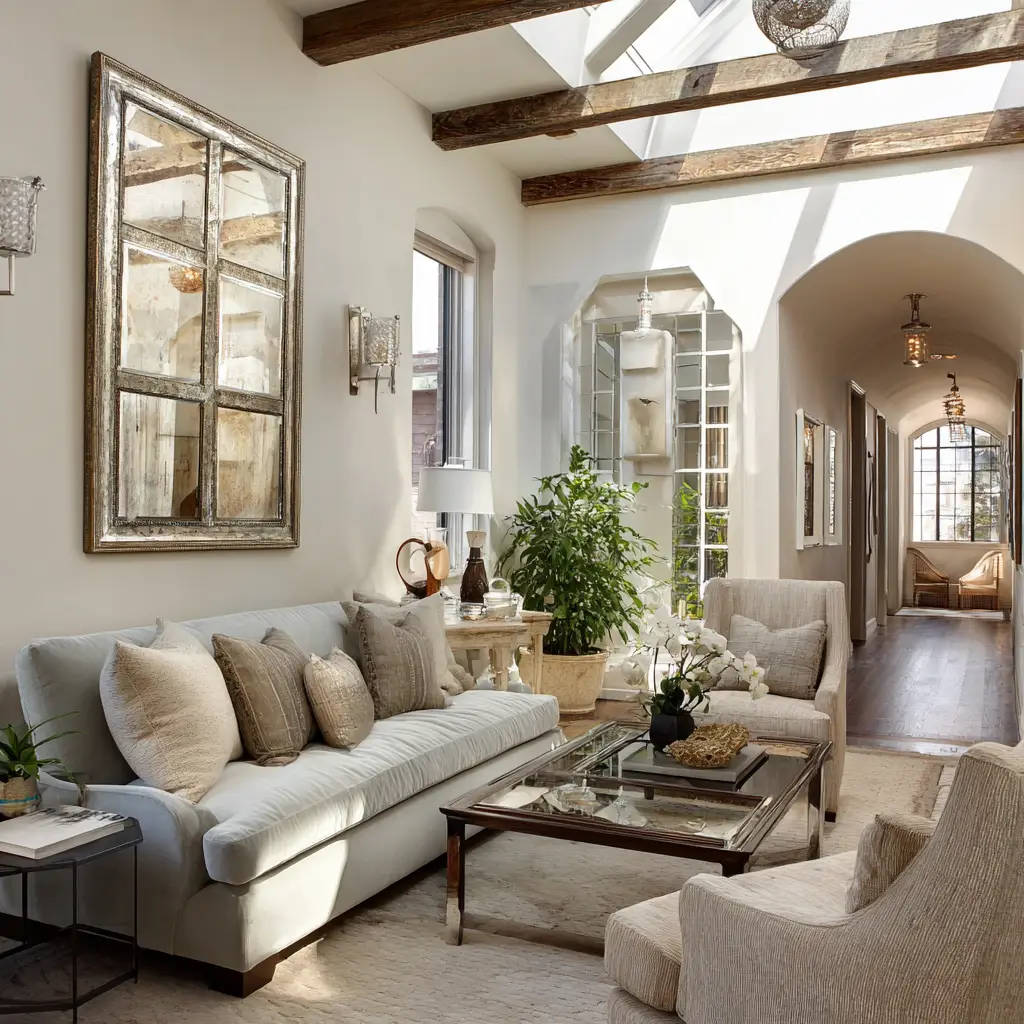
4. Use Multi-Functional Furniture
Look for pieces that serve more than one purpose, such as ottomans with hidden storage, sofa beds, or nesting coffee tables. These smart designs are perfect for small living rooms with big needs.
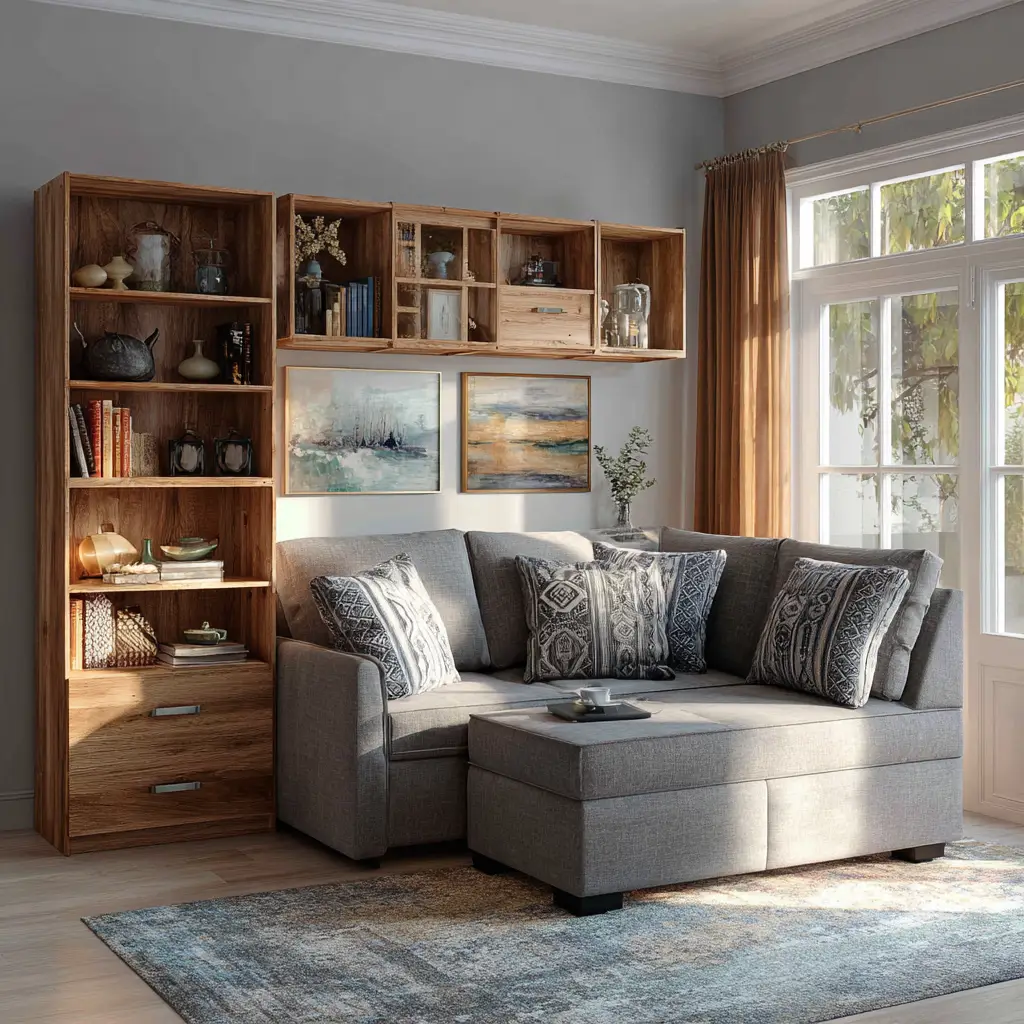
5. Try a Floating TV Console
Instead of a bulky media unit, mount your TV on the wall and add a floating shelf beneath it. This keeps the floor clear and creates a cleaner, more modern look.
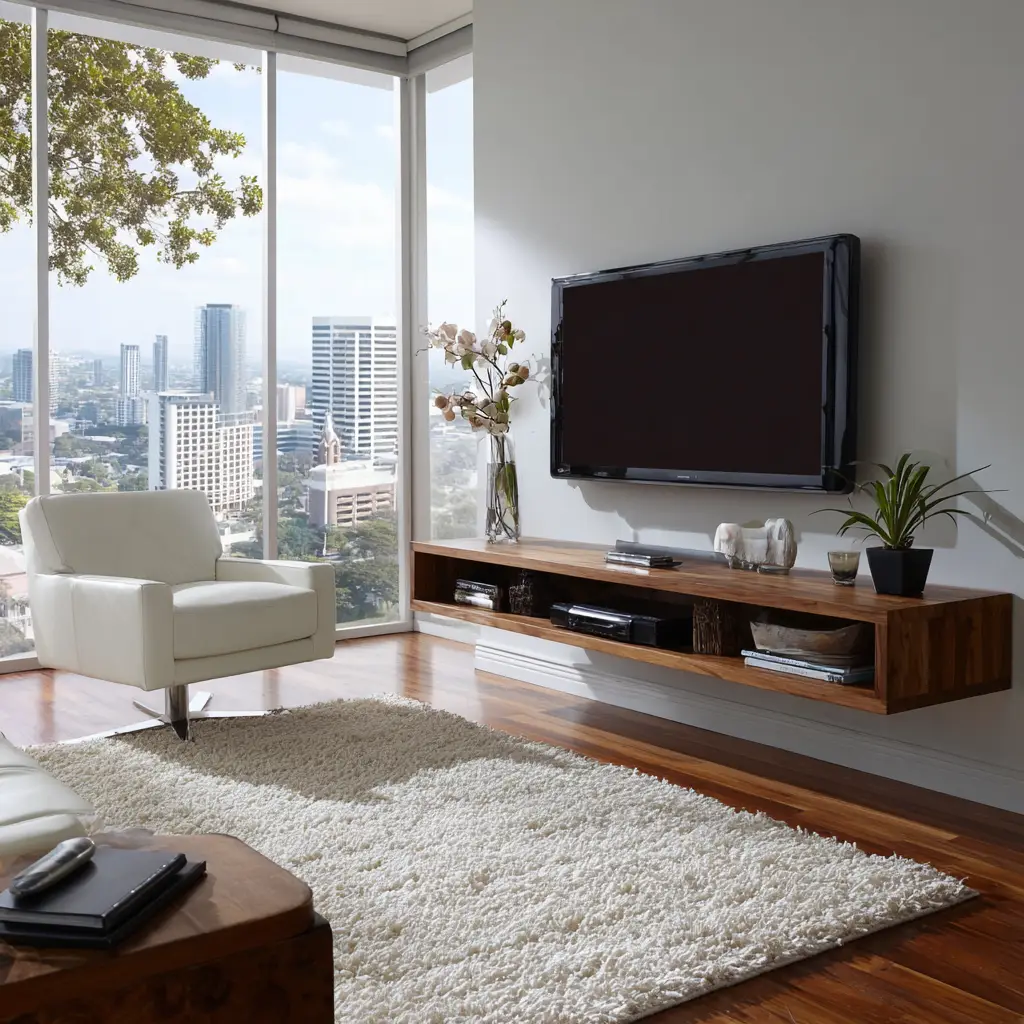
6. Hang Curtains High and Wide
To make your ceiling feel higher and your windows larger, hang curtain rods a few inches above the window frame and extend them wider than the actual window. This simple trick visually stretches the room.
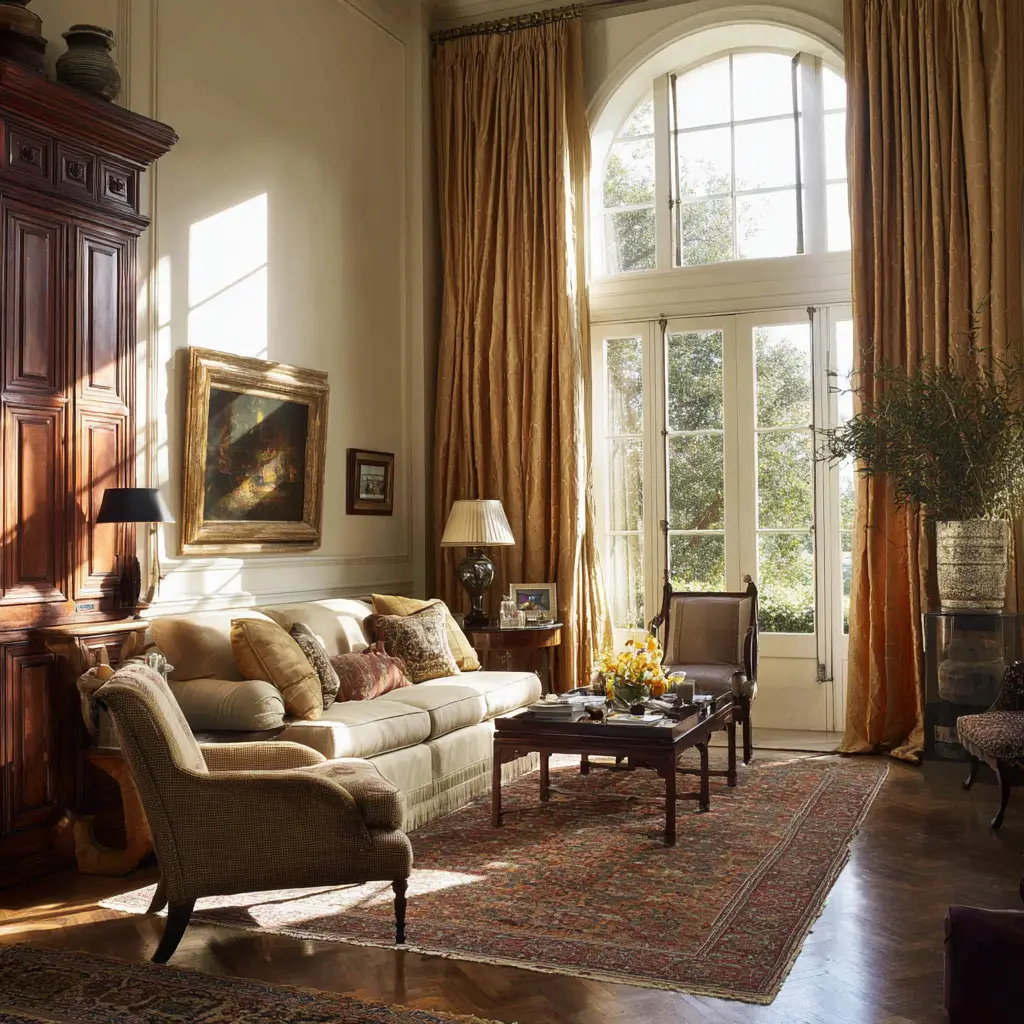
7. Use Vertical Wall Space
Tall bookcases, vertical shelving units, and wall-mounted decor make use of upward space. This draws the eye upward and adds storage without sacrificing valuable floor space.

8. Keep the Floor Clear
Avoid crowding the floor with too many items. Use wall-mounted lighting, floating shelves, or even hanging planters to free up space below and maintain an uncluttered look.
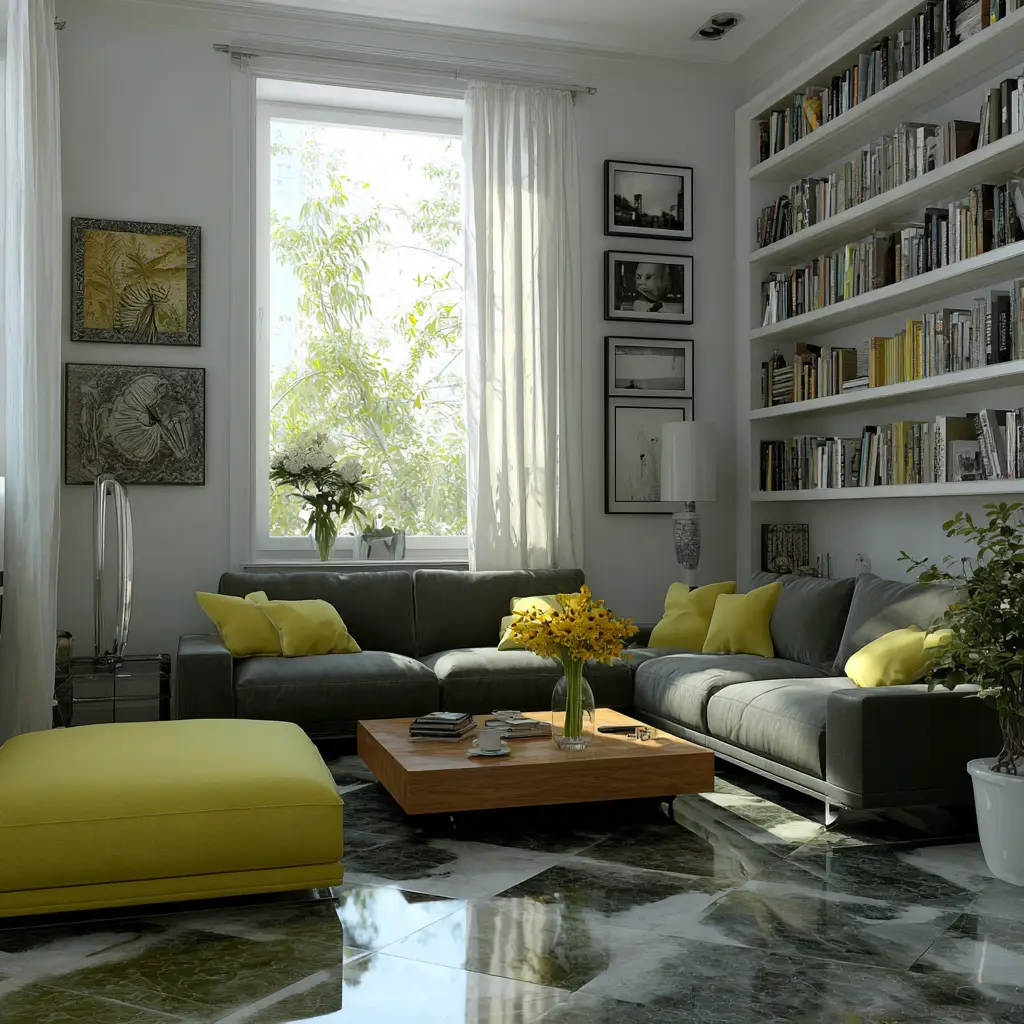
9. Choose a Small-Scale Sofa
Skip the oversized sectional and go for a small loveseat, settee, or modular couch that fits your room’s dimensions. Comfort doesn’t have to be sacrificed for the sake of scale.
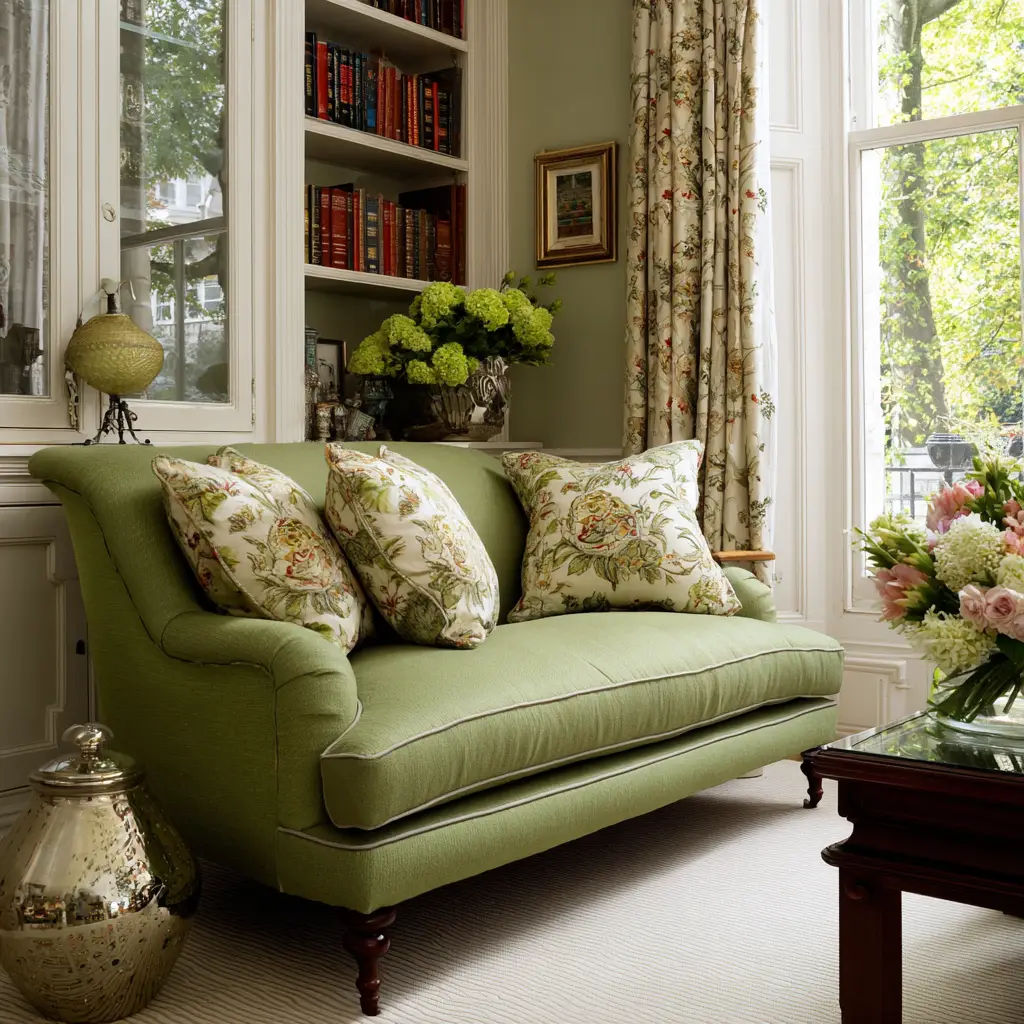
10. Go for a Round Coffee Table
Round coffee tables are easier to navigate around in tight spaces. They also help soften the angular lines of other furniture, making the space feel more fluid and open.
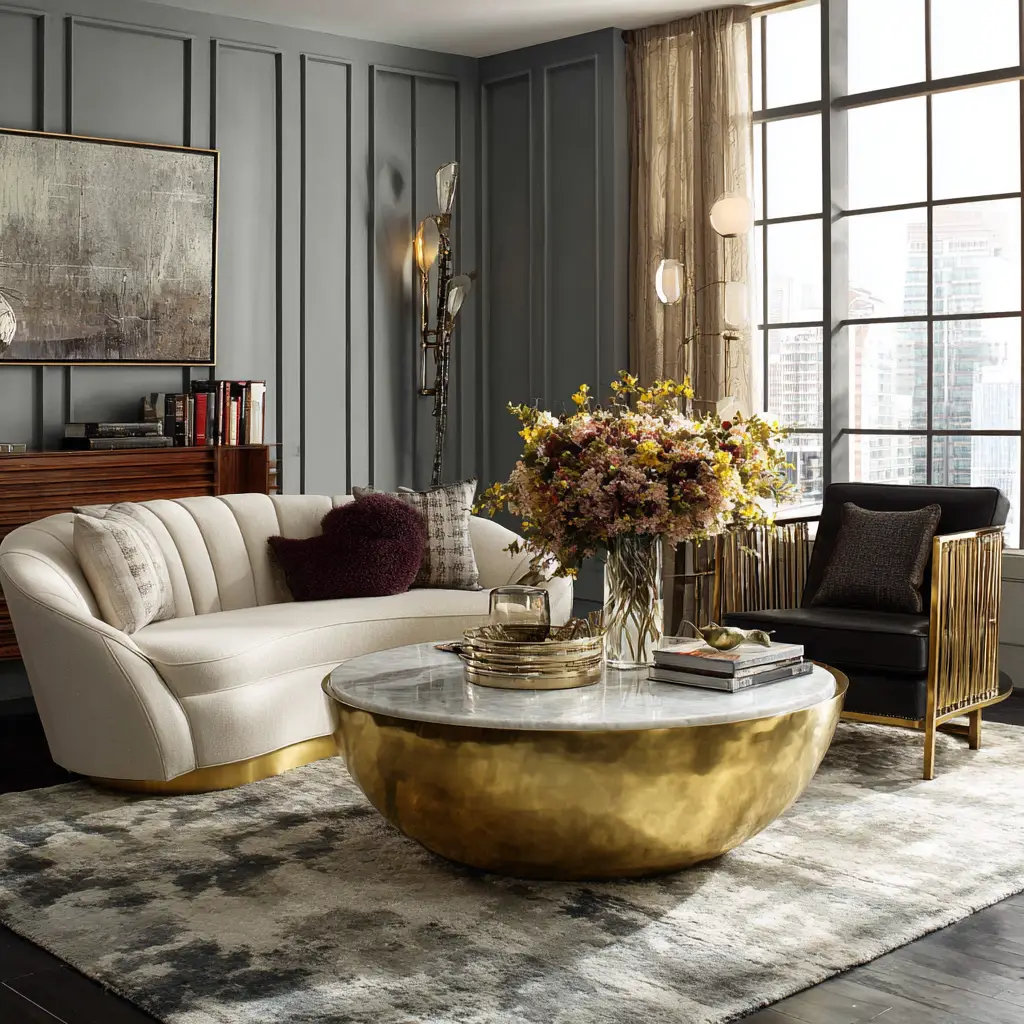
11. Embrace Minimalist Styling
Stick with fewer decor pieces and avoid visual clutter. A minimalist approach can make a small room feel airy and peaceful rather than packed and overwhelming.
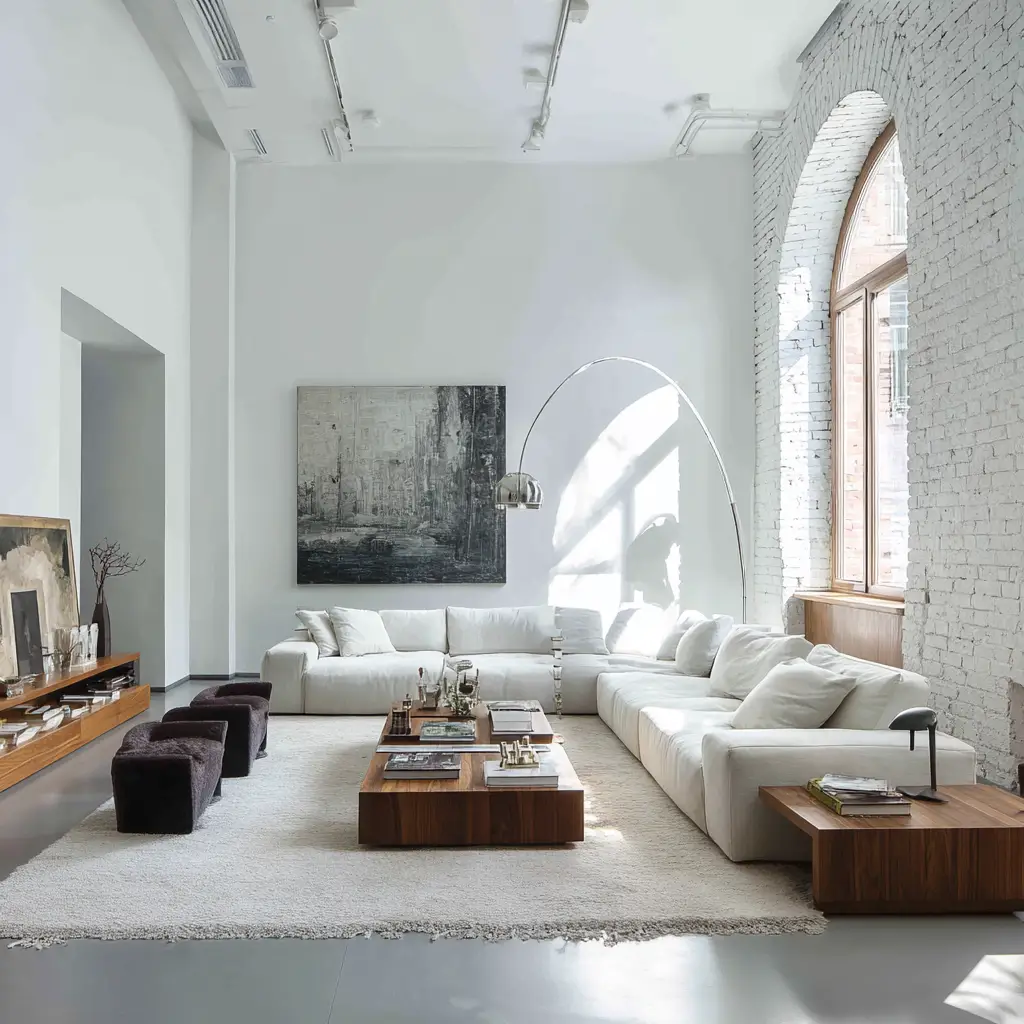
12. Layer Lighting Sources
Instead of relying on one overhead light, use a mix of lamps, sconces, and string lights to create warmth and dimension without taking up precious surface space.

13. Choose Transparent Furniture
Glass or acrylic tables and chairs can make your space feel less crowded. Their transparency allows light and sightlines to flow uninterrupted.
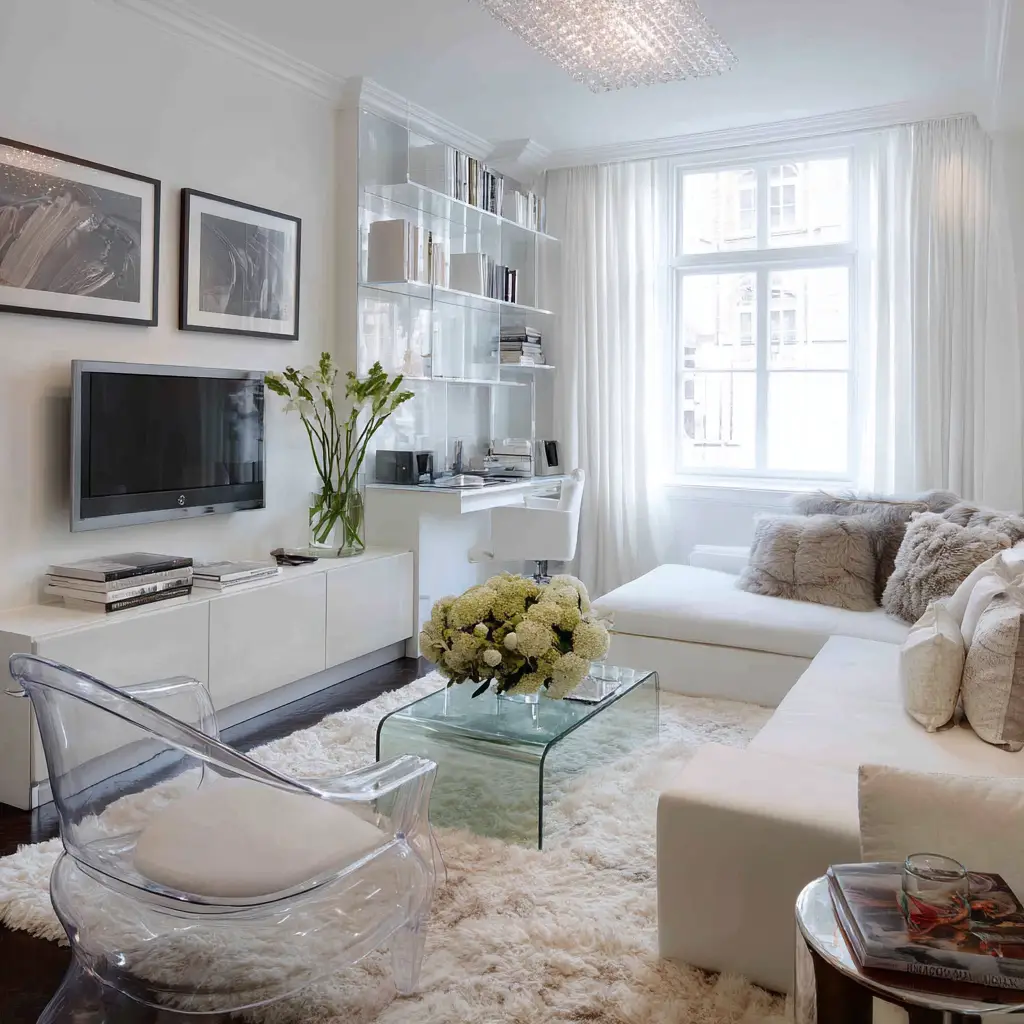
14. Use Rugs to Define Zones
Even in small rooms, a well-placed rug can define the seating area and create a sense of structure. Go for light or subtle patterns to avoid overwhelming the space.
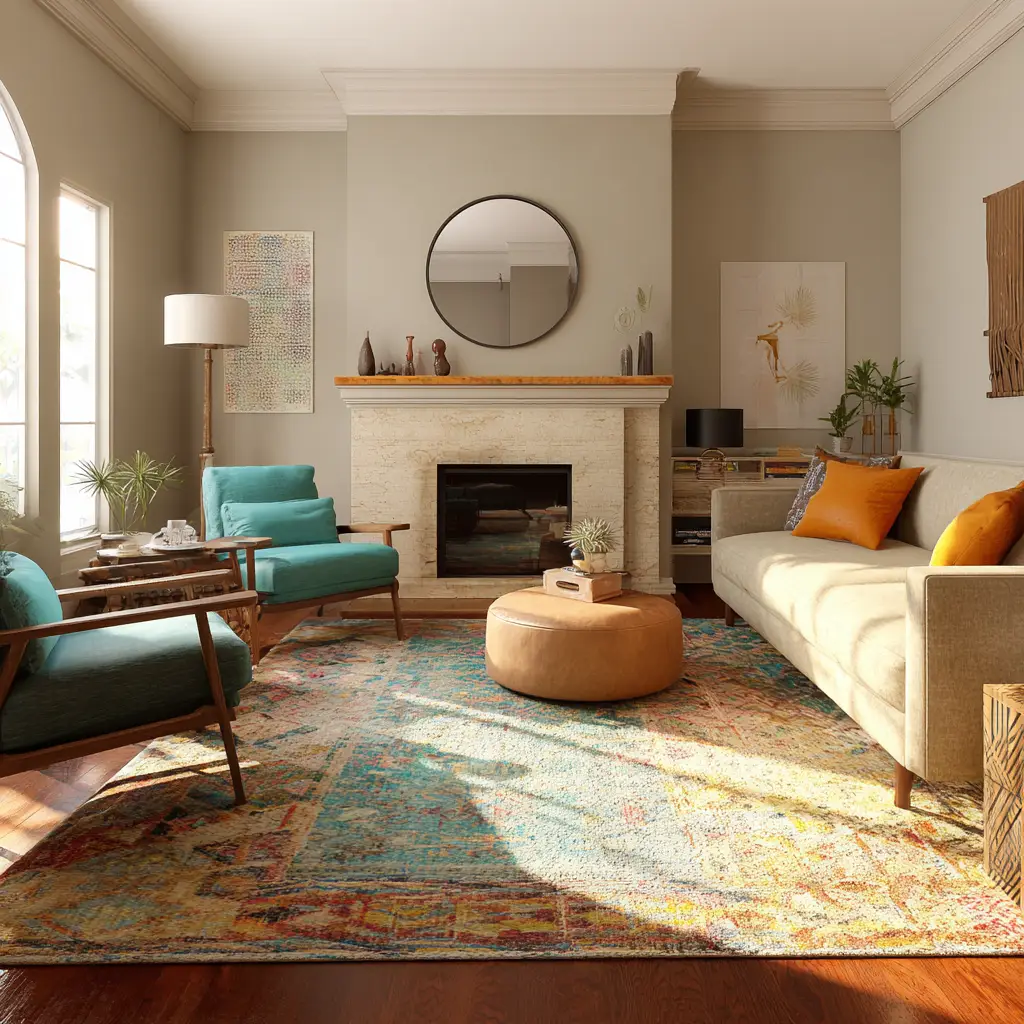
15. Paint One Accent Wall
Introduce a bold or darker color on one wall to add depth without shrinking the room. This creates a stylish focal point while maintaining balance.

16. Incorporate a Window Seat
If you have a window nook, turn it into a built-in seating area. It saves floor space and provides extra storage underneath if needed.

17. Add Personality with Art
Even in a small space, wall art can be impactful. Use a few well-chosen pieces rather than covering every inch—this creates visual interest without clutter.
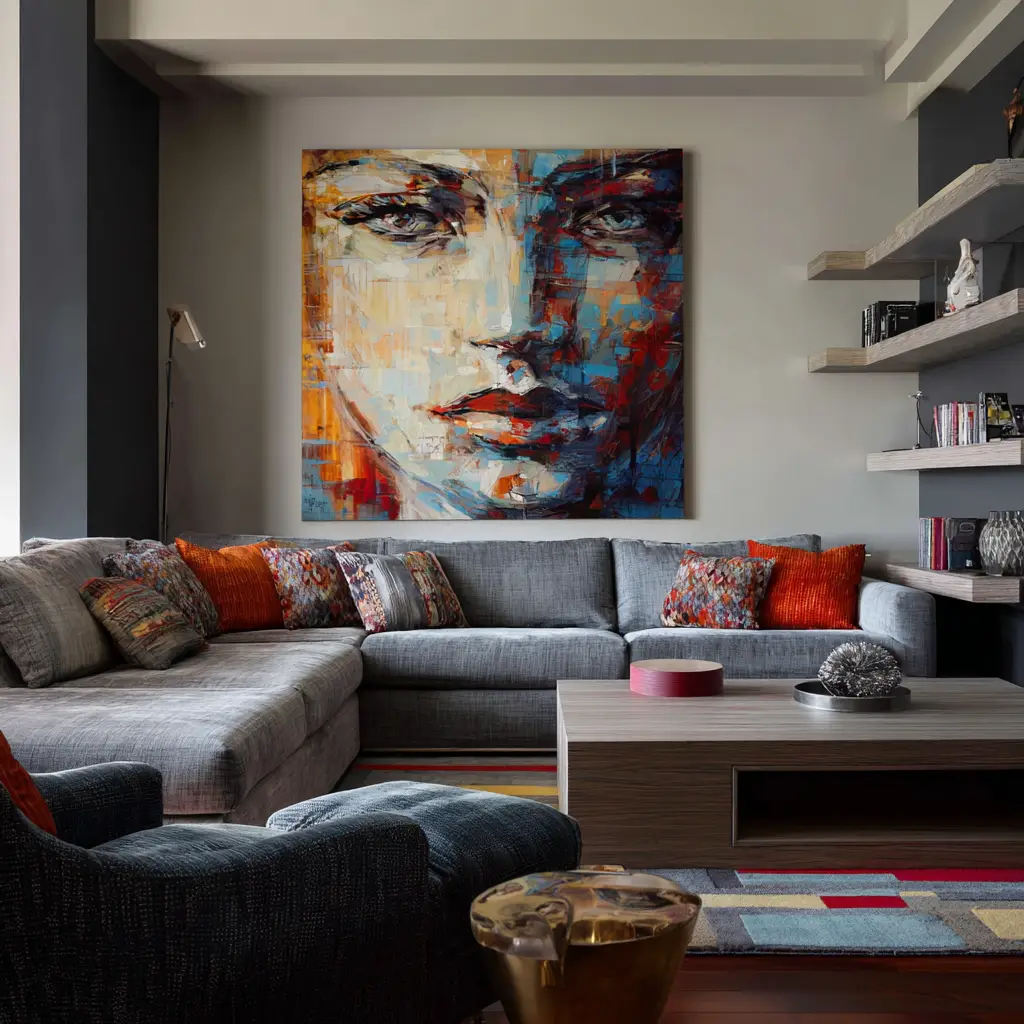
18. Let Natural Light Shine In
Keep windows unobstructed or use light-filtering curtains. Natural light can make even the smallest living rooms feel brighter, cleaner, and more open.
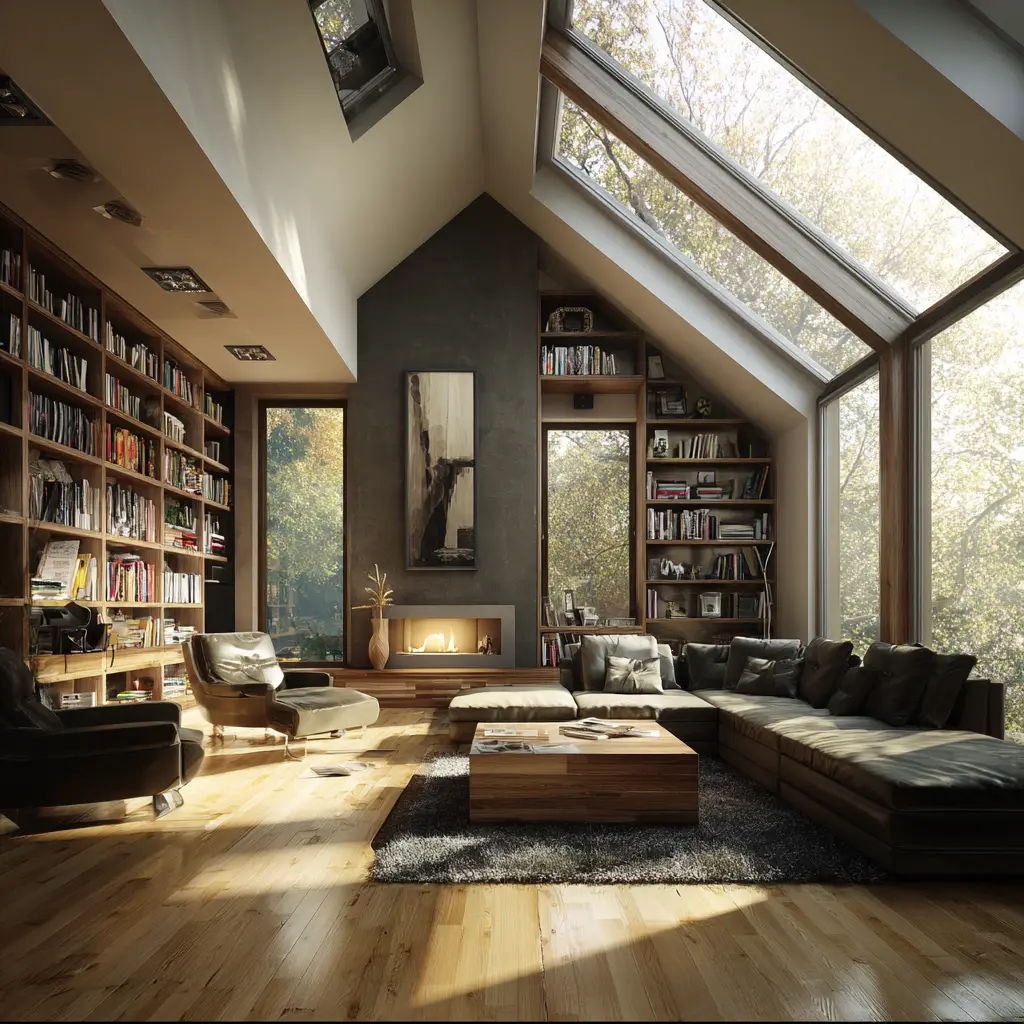
19. Pick Foldable or Stackable Furniture
Folding chairs or stackable stools can be pulled out for guests and easily stored when not in use, giving you flexibility in tight quarters.
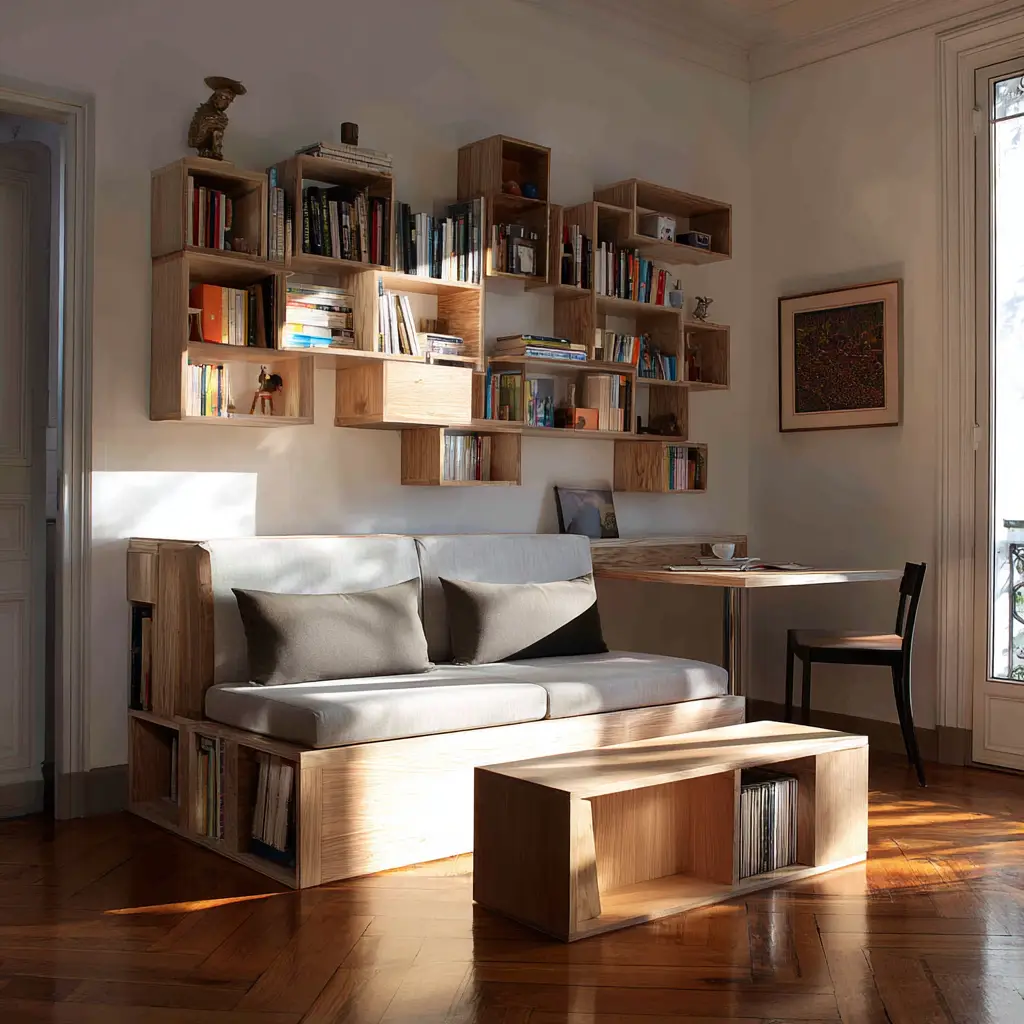
20. Use Built-In Storage Solutions
Built-in shelves, cubbies, or window benches with storage underneath are excellent for maximizing every inch of a small living room without adding bulk.
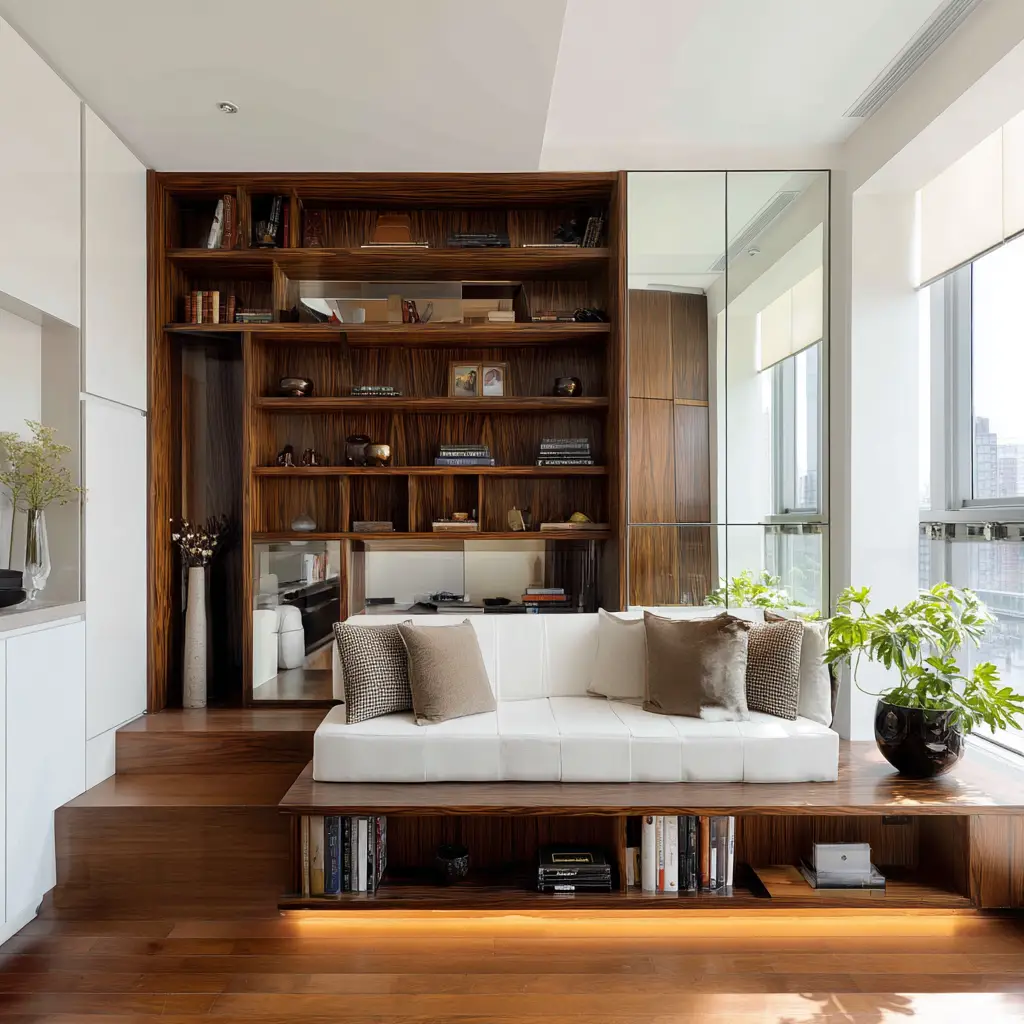
21. Keep Decor in a Cohesive Color Scheme
Sticking to a consistent palette throughout the room helps keep things visually calm and unified, which is especially important in smaller spaces.
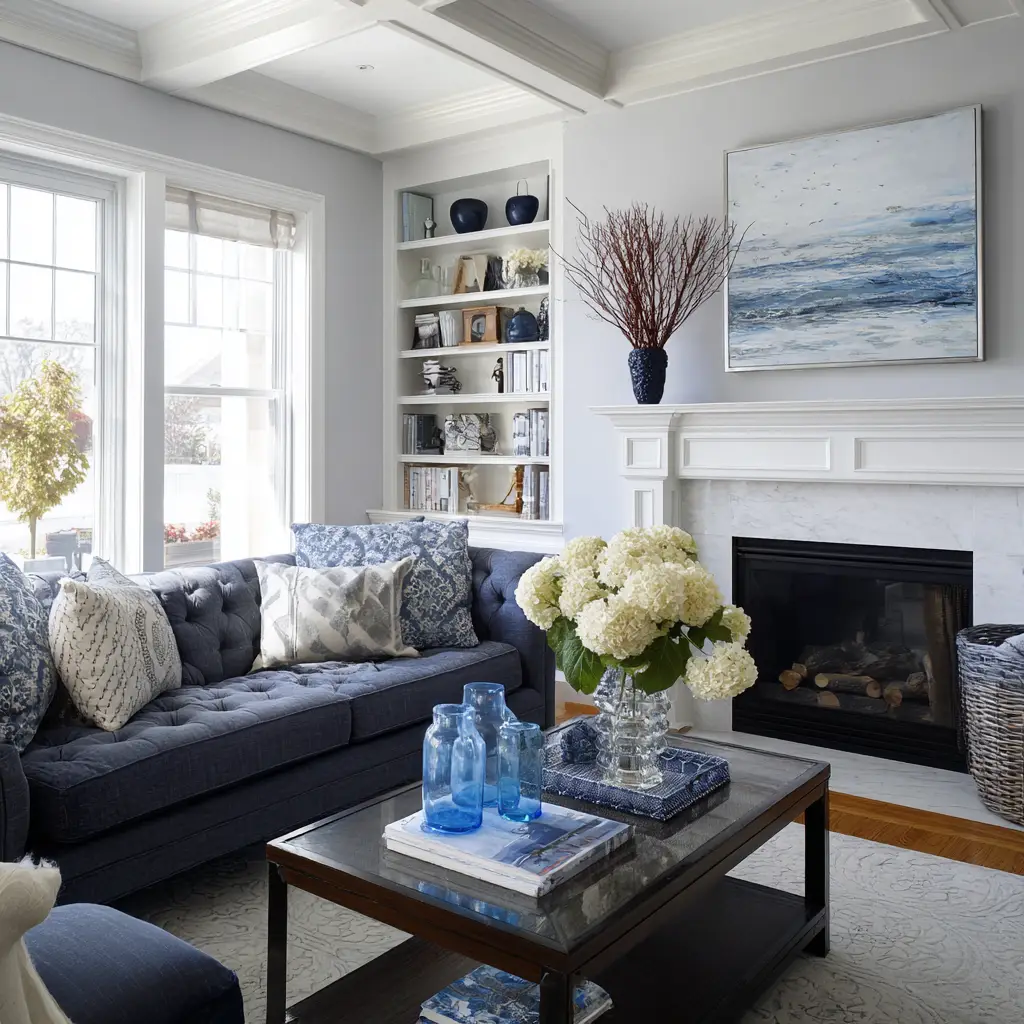
22. Choose Armless Chairs
Armless accent chairs take up less visual space and make the room feel more open while still offering extra seating.
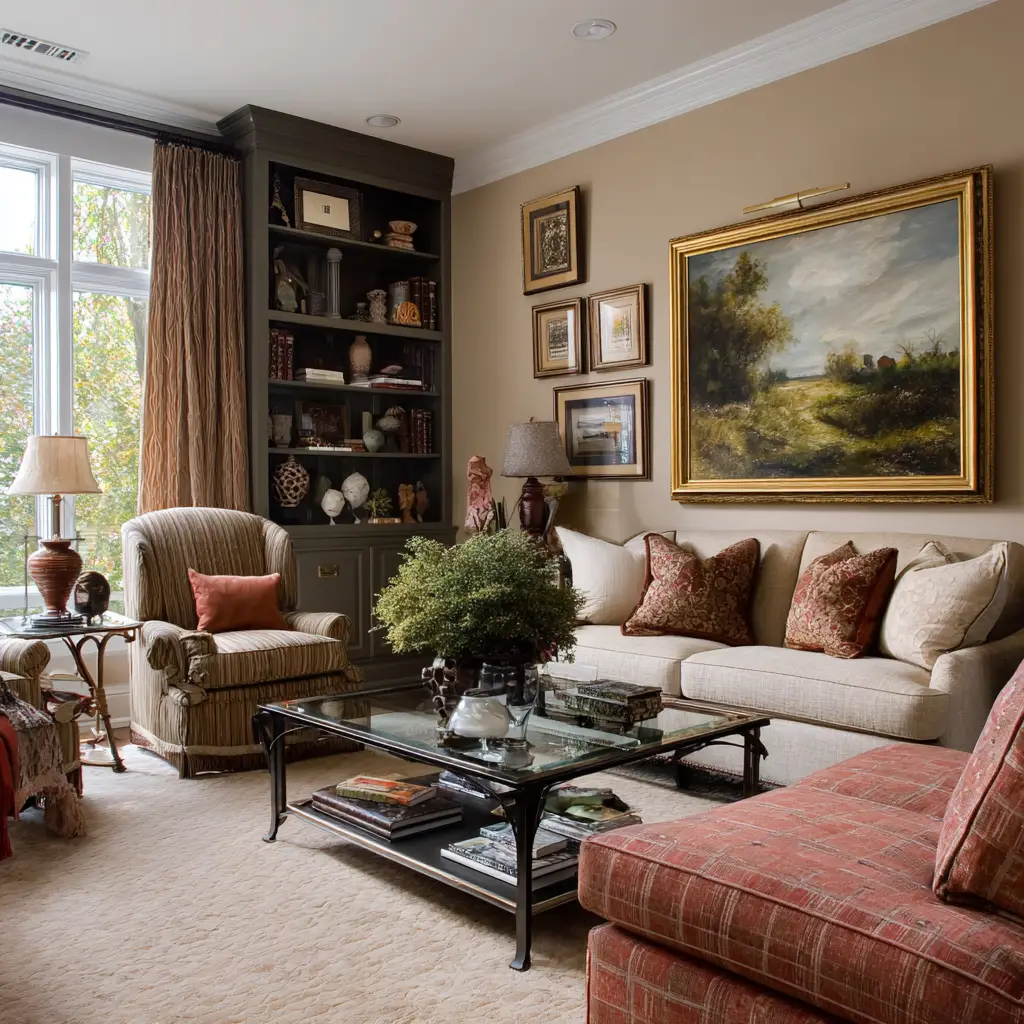
23. Go Vertical with Plants
Instead of using floor pots, hang plants from the ceiling or mount them on the wall. Greenery adds life to your room without crowding the floor.
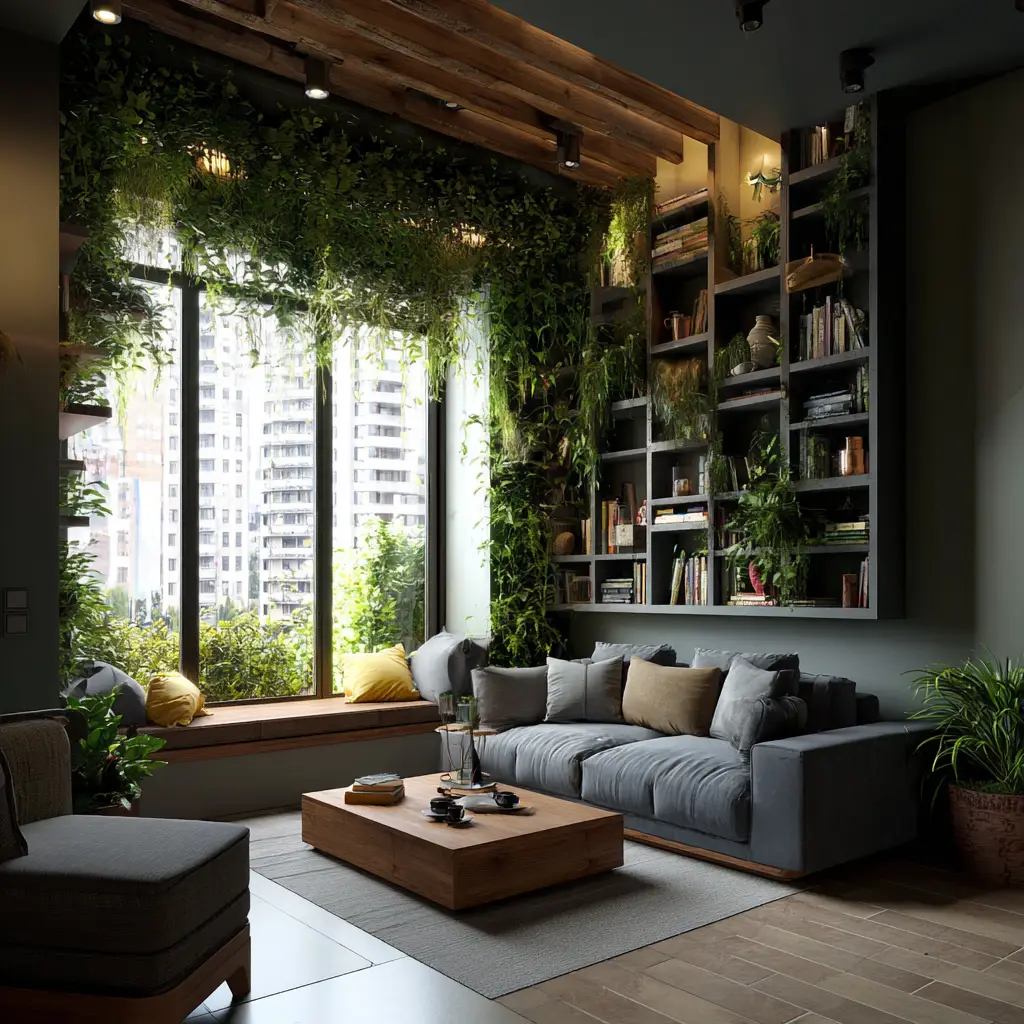
24. Mount Shelves Over the Sofa
The space above your sofa is prime real estate. Use floating shelves to display books, plants, or small decor items while keeping the rest of the room tidy.

25. Keep It Personal and Purposeful
Even in a small space, your living room should reflect your style and needs. Include personal touches like framed photos, favorite books, or cozy throws, but be intentional so the space remains organized and functional.
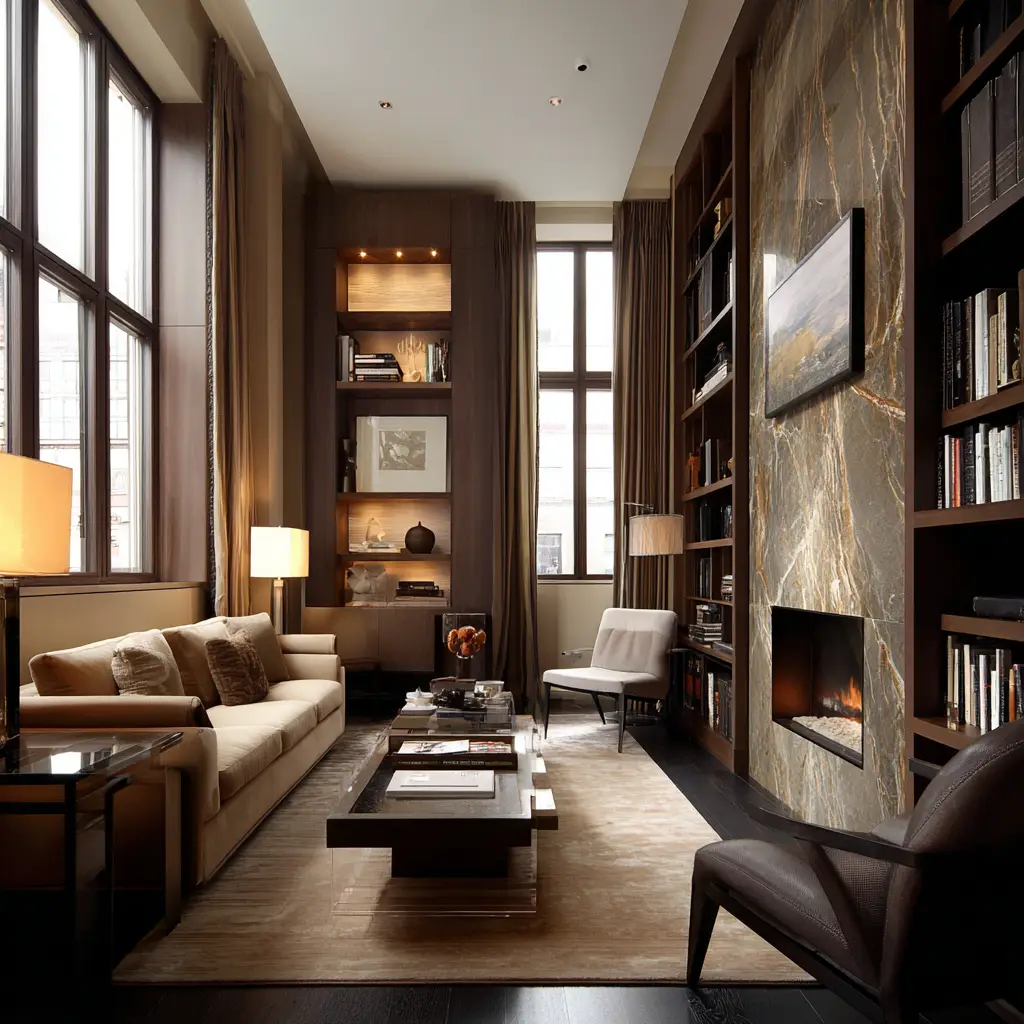
FAQs
What is the best layout for a small living room?
The best layout often depends on the room’s shape, but floating furniture (pulled slightly away from walls), compact seating, and clear pathways typically work well. Avoid blocking windows and keep traffic flow in mind.
Can I use bold colors in a small living room?
Yes, bold colors can add personality and depth. Use them sparingly—like on an accent wall, in pillows, or in art—while keeping the rest of the palette light and cohesive.
How can I make my small living room look bigger?
Use mirrors, light colors, leggy furniture, and vertical storage. Keep the room tidy, allow natural light in, and avoid heavy drapes or overly dark hues.
What size rug works in a small living room?
Choose a rug large enough so the front legs of your furniture sit on it. A too-small rug can break up the space, while a properly sized one anchors and unifies it.
Is a sectional sofa good for a small space?
Sometimes—especially if it’s a compact or modular version that fits your room well. Sectionals can offer lots of seating without the need for multiple chairs.
Conclusion
A small living room doesn’t mean you have to compromise on comfort or style. With the right layout, smart furniture choices, and thoughtful design elements, you can create a space that feels open, functional, and uniquely you. These 25 small living room design ideas are meant to inspire not just better decor, but better living—one square foot at a time. Embrace your space, however small, and make it a place that feels like home.
